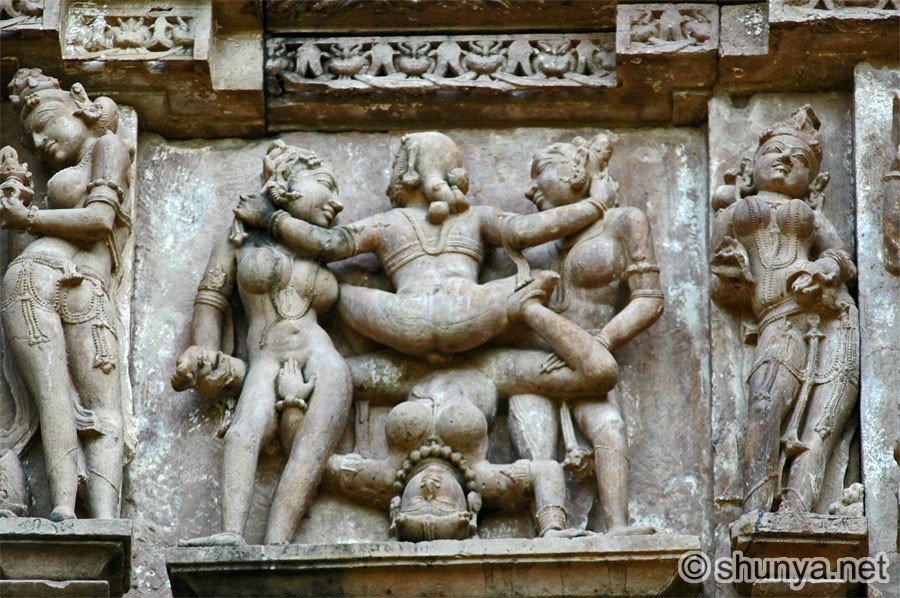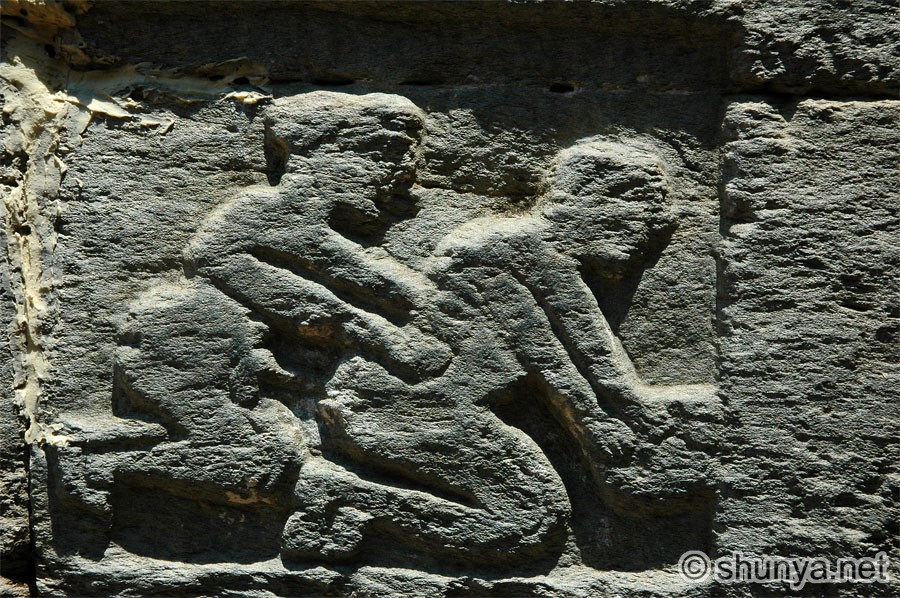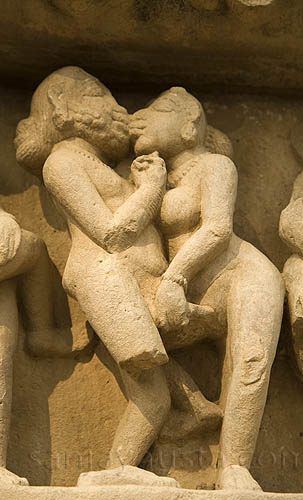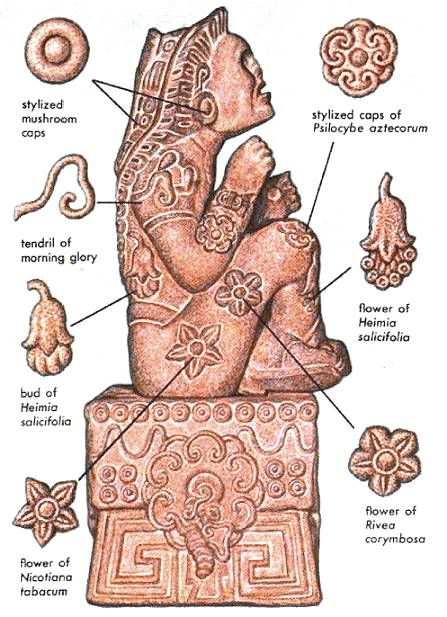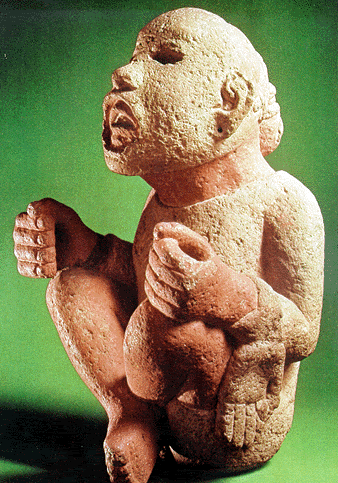The Element Encyclopedia of 1000 spells by Judith Illes
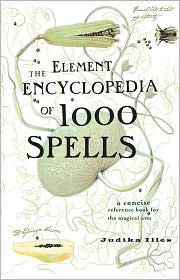
This book is not "academic". But i guess you could consider it, part of studying modern anthropology. Enjoy~!Honestly, i really enjoyed this book. The author claims to use spells from around the world, although most seemed to have a modern flair to them even when having the claim of ancient origins. (which is not a bad thing btw.) Just be very cautious. I would take the claim of the background of some of the spells with a grain of salt. However this is
not what is important about the book.
I will go through the flaws first. (For some reason, I feel like saying the criticism first than the positive stuff.) Being someone who has done a little research on some areas of spells in the ancient world, i thought she could have used some better spells in these areas than what she put in the book. For example,. not a ancient based spell per se, but one that needed more oomph, was the
Dream Incubation Spell (2) Artemis Assistance Spell on page 257. The problem is not the spell itself. But the fact that the goddess Artemis is
not the Greek deity of sleep or dreams. Our goal here is dreaming. There is a Greek deity of dreaming;
Morpheus, from which we get the word "morphine" from. So why not build an altar and ask assistance from Morpheus the god of dreams and dreaming vs Artemis, goddess of the hunt and wild animals? This is one of the flaws i found with in the programming and structure of certain spells. They seemed to have good intentions, but it seemed like it could use tweaking in order to be more effective.
Note: Later after i wrote this i found a article here on mugwort's application on dream and the goddess Artemis. Where it says: "In the West, mugwort was historically associated with the Greek goddess Artemis and the moon, perhaps because it stimulates blood circulation and was used chiefly to aid painful and irregular menstruation.
Of course, Artemis is one of the Greek Gods who was known to send divine dreams. In other words, mugwort, dreams and the Moon are all bundled together in an aromatic and cosmic smudge stick." Now i see the derivation of the spell by the author.The other problem was some of the authors claims about witchcraft's history seemed to be off. The same pseudohistorical "witchcraft survived through lineage" BS. However, this was NOT a focus of the book and for some reason based on me reading it, i did not get offended or very corrective about it. Its not the focus of the book by far, or a goal. Its the opinion of the author.
A big flaw i thought about the book was the claim that the book was good for new comers to spellcraft and for the more advanced in a format both could enjoy.This was not my feeling reading the book. if i was a newcomer reading this book i would be a bit confused. I did not at all, believe this book was very good for any novice, but especially those who just started their witchcraft. That's not a bad thing. Not at all. However, when you start doing magic you take baby steps, not leaps. The info in the book would confuse most newbies, too, i think. It seems to be geared for the more experienced in ways.
Ok so let's get to the positive aspects of this book! The spells were in such a format that they are very easy to do and concoct. Most of this book seems to focus on herbs, such as mugwort. This is very good as the book has a collection of many different spells. it is not bound by the Wiccan or any pagan oath. Therefore, the book contains Christian spells evoking archangels and hexes! This is a big plus to me! Its a HUGE turn around from a lot of books that claim to be
"authentic" witchcraft and only focus on one tradition that "harms none". (Wicca) Not only that but the book pays homage to many belief systems and religions.
The book has many warnings. Warnings about how the book is not aimed at children, and how certain herbs can be harmful. I thought this was good. Some more New Age books preach about certain things that could be potentially harmful to the reader. (Like drinking your own body fluids.) This one outright admits that there are herb spells that use potentially hazardous herbs.
When this book says 1000 spells, well I have no idea if it reaches 1000, but its got spells for just about anything. Basic mundane needs like luck, love, money, success. To more complex problems like the evil eye and fertility. Various methods of divination, spirit summoning, hexing, and protection is included too. I highly recommend this book for anyone who likes to collect spells and books on magical practices. This is a helpful and good edition to your collection.


